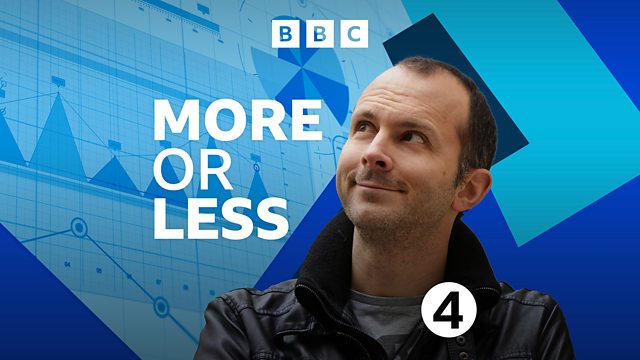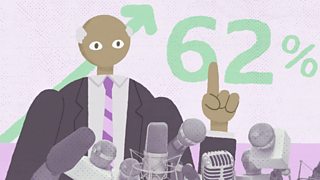
The Science of Giving
Andrew Dilnot looks at how numbers influence how much people give to charity and why economics may be ready for a makeover.
The Science of Giving
This week on More or Less, the strange ways of human compassion and how we measure it out.
In a set of extraordinary experiments, Paul Slovic, a professor of psychology at Oregon University, and his colleagues, have tested people's compassionate instincts when the scale of the need increases.
They showed one group a picture of a starving girl with text describing her plight. Another group was shown a boy and a third was shown the boy and girl together. All were asked for donations.
The result was that donations were equal for the boy and the girl on their own, but actually fell once they were together. For groups of five or 10, donations fell precipitously.
Why does compassion struggle so much with numbers?
We spoke to Professor Slovic about his work and its implications, including for the difficulty of mustering a response to genocide.
Plus, why economics may be ready for a makeover, and the last in our series on why numbers are not necessarily for blokes only.
Last on
Broadcast
- Mon 14 May 2007 16:30大象传媒 Radio 4
Just how reliable is our intuition? Find out with The Open University
OU Connect: Put your brain to the test with our new mind-bending probability problems!


